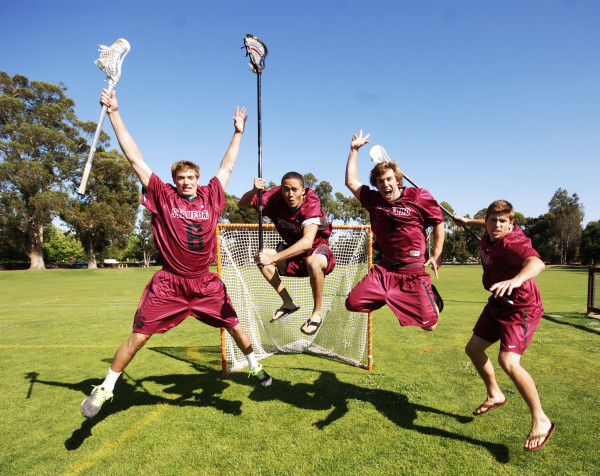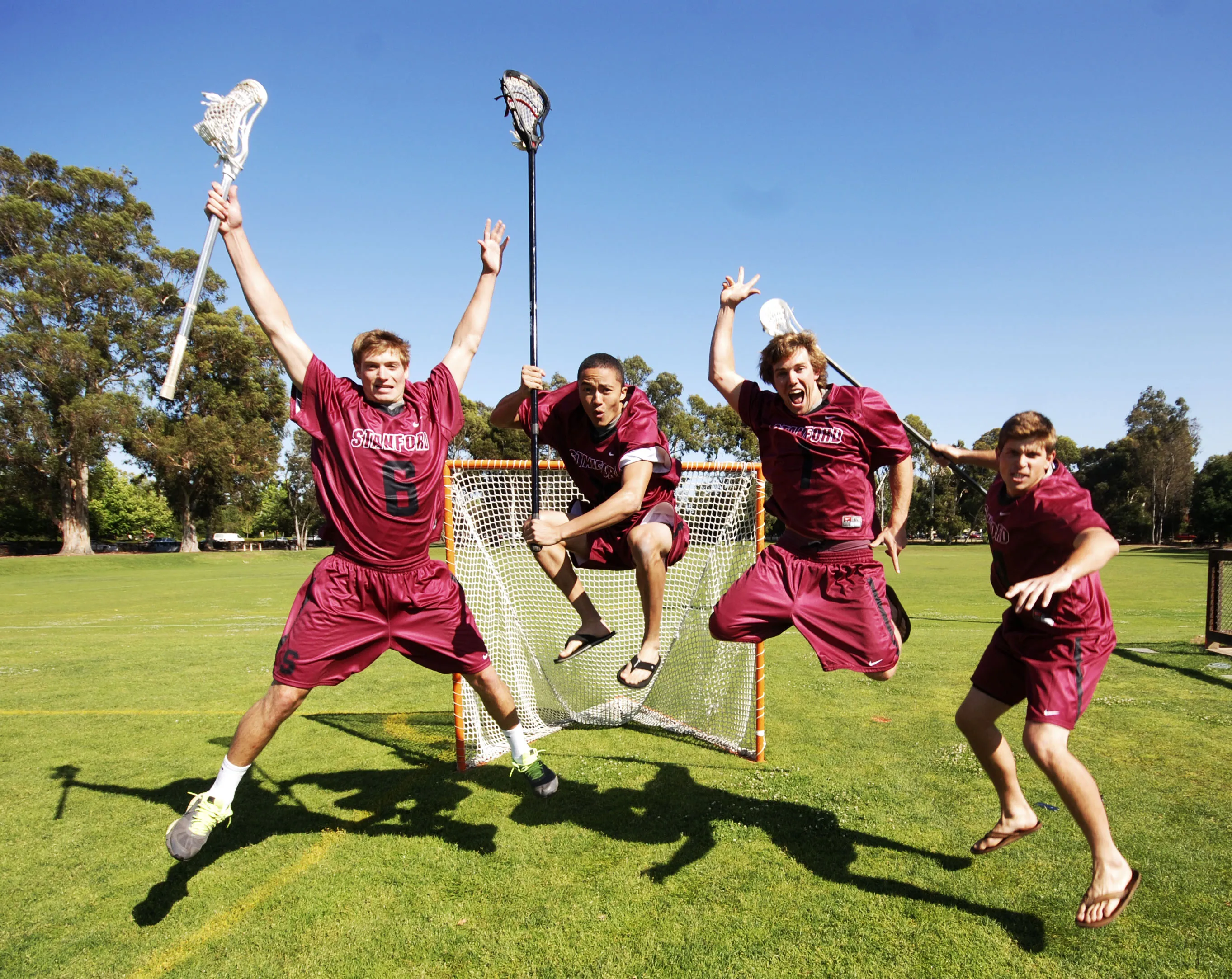In 2013, the Stanford men’s lacrosse team celebrated the program’s 50th anniversary—and they did it in style, putting together the team’s most successful campaign in over 30 years.

According to head coach Drew Virk, before this year, the program had not won the Western Collegiate Lacrosse League (WCLL) championship for 31 years and had not qualified for the Men’s Collegiate Lacrosse Association (MCLA) National Tournament in 12. In 2013, the squad accomplished both.
Players and coaches said that the team was able to reach new heights after making a stronger dedication to the program, particularly in the fall before the season began.
“We trained for [success],” Virk said. “We definitely worked harder in the offseason than we had in previous years, and guys were committed to being this successful.”
Senior Jack Farr, a co-captain of the team along with fellow seniors Malcolm McGregor, Sean O’Brien and Nolan Pura, said that the team atmosphere was very laidback when he arrived as a freshman four years ago, but his class wanted to change the culture. According to Farr, who was named an MCLA All-American and WCLL Offensive Player of the Year, this year’s captains laid out three goals: beat Cal in Big Game, win the league and go to the national championship tournament.
“We sat down and figured out what we needed to do to accomplish those goals,” Farr said. “The first thing we came up with was we had to set a tone that was more intense and more serious than it had ever been in the past.”
Throughout the fall, the team followed a structured workout regimen led by former U.S. Army officer Major Chris Green, which Farr said ultimately gave the team the boost it needed throughout the season. At the beginning of winter quarter, the team began practicing every day for about two hours, with games on the weekend.
Despite the increase in offseason training, the team wasn’t sure about how it would translate into real results during the WCLL season. But after several big early-season wins, particularly over Oregon and UC-Santa Barbara, the coaches and captains said momentum began to build and success became expected.
“We had a few early wins against teams that we ranked higher than us,” Farr said. “I think it was at that point that we realized, wow, we really have something special here.”
A few late-season losses threatened to knock Stanford off course, but the Cardinal rallied in the playoffs to take down rival Cal and Sonoma State in two tight games to take the WCLL title for the first time since 1982. The team then advanced to the national championship, where it fell in the first round to Michigan State.
Freshman Hunter Irvin credited the class of 2013 for raising the standards by “leaps and bounds” but said that the team is still positioned for future success, noting that the roster currently has 14 sophomores.
“Going forward, we’re losing a really talented group.” Irvin said. “But the work ethic they’ve taught us and the standard that they’ve set is going to continue when they’re not there.”
Virk also said that the team expects to get seven or eight new freshmen to fill the spots. Since men’s lacrosse is a club sport at Stanford, Virk’s recruiting process is very different than for a varsity team. Virk has no sway with the admissions department and does not offer scholarships—in fact, players pay $1,000 in dues each year.
Despite this unique recruiting process, Virk said that about five players interested in playing lacrosse at Stanford contact him each day. From that point on, Virk works with applicants to make sure they have the best application possible and then waits to see who the admissions department accepts. Once potential players receive their acceptance letters, then Virk and the players begin trying to convince players to come to Stanford and play lacrosse.
Co-captain senior Sean O’Brien said that Big Game—which alternates location annually between Palo Alto and Berkeley—is a major selling point. O’Brien said that when Stanford hosts the Bay Area showdown, they usually schedule the game for Admit Weekend to attract potential recruits.
Virk said that by playing at club level at Stanford, players can get a more “well-rounded college experience,” in which they have the opportunity to pursue top-notch academics and athletics but also have an active social life and join other organizations.
O’Brien said that—like many of the players on the team—he wasn’t planning to play lacrosse after high school. But after trying out the club team, he ended up loving the experience, which he credited to the other guys on the team.
“It’s really meant finding my best friends and having a really great time being an athlete,” O’Brien said. “A lot of times, people have their teammates and then they have their group of friends, but for us, those two are the same.”
The club team’s success this year, combined with lacrosse’s increasing popularity on the West Coast, has increased rumblings about the viability of a Stanford Division I men’s lacrosse team.
“There are mixed feelings on that,” Virk said. “The alumni loved their experience in a club program and want to continue that, but I think the demand from the kids coming up [is that] they’re looking for more of that varsity DI commitment.”
Right now, funding and location make the prospect unlikely in the near future. The addition of a men’s lacrosse program would likely necessitate the creation of additional women’s scholarships to keep the athletic department in compliance with Title IX.
Any West Coast team would also face a significant travel schedule, as there is currently only two Division I men’s lacrosse programs west of the Mississippi, Air Force and the University of Denver.
“If you get schools like UCLA, USC and one or two other ones on the West Coast that all get programs, that would be a really cool thing,” O’Brien said, adding that the club team would likely benefit from players who decided to drop off the varsity team.
Even as a club team, Stanford plans to continue its success into the program’s 51st season and beyond.
“[2013] set a new bar…it’s let the program know that [success] is there if we want it,” Virk said. “I think that everyone will be pretty disappointed if guys aren’t willing to train even harder than this year to be as successful as last season.”
Contact Jana Persky at jpersky ‘at’ stanford.edu.
